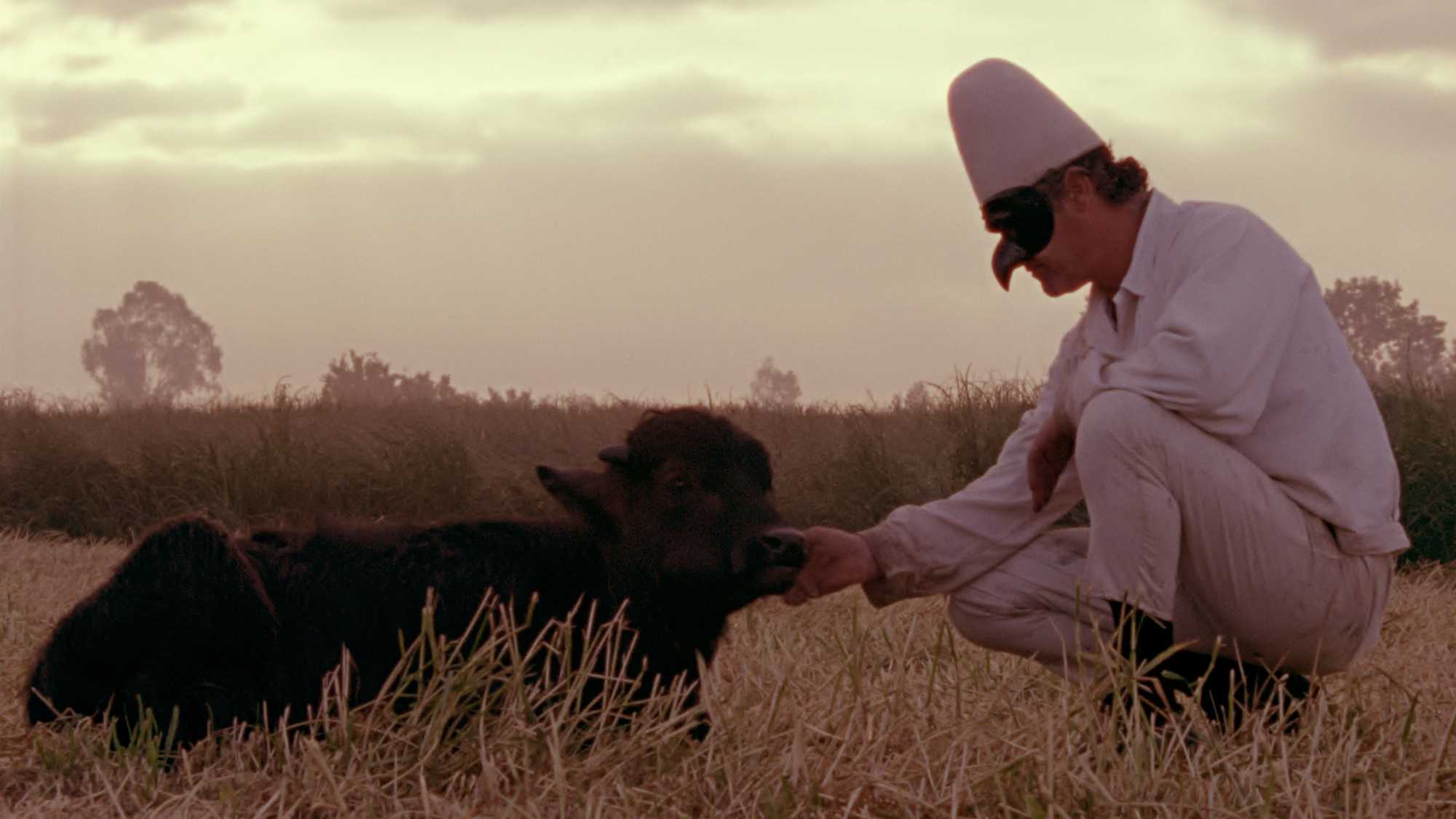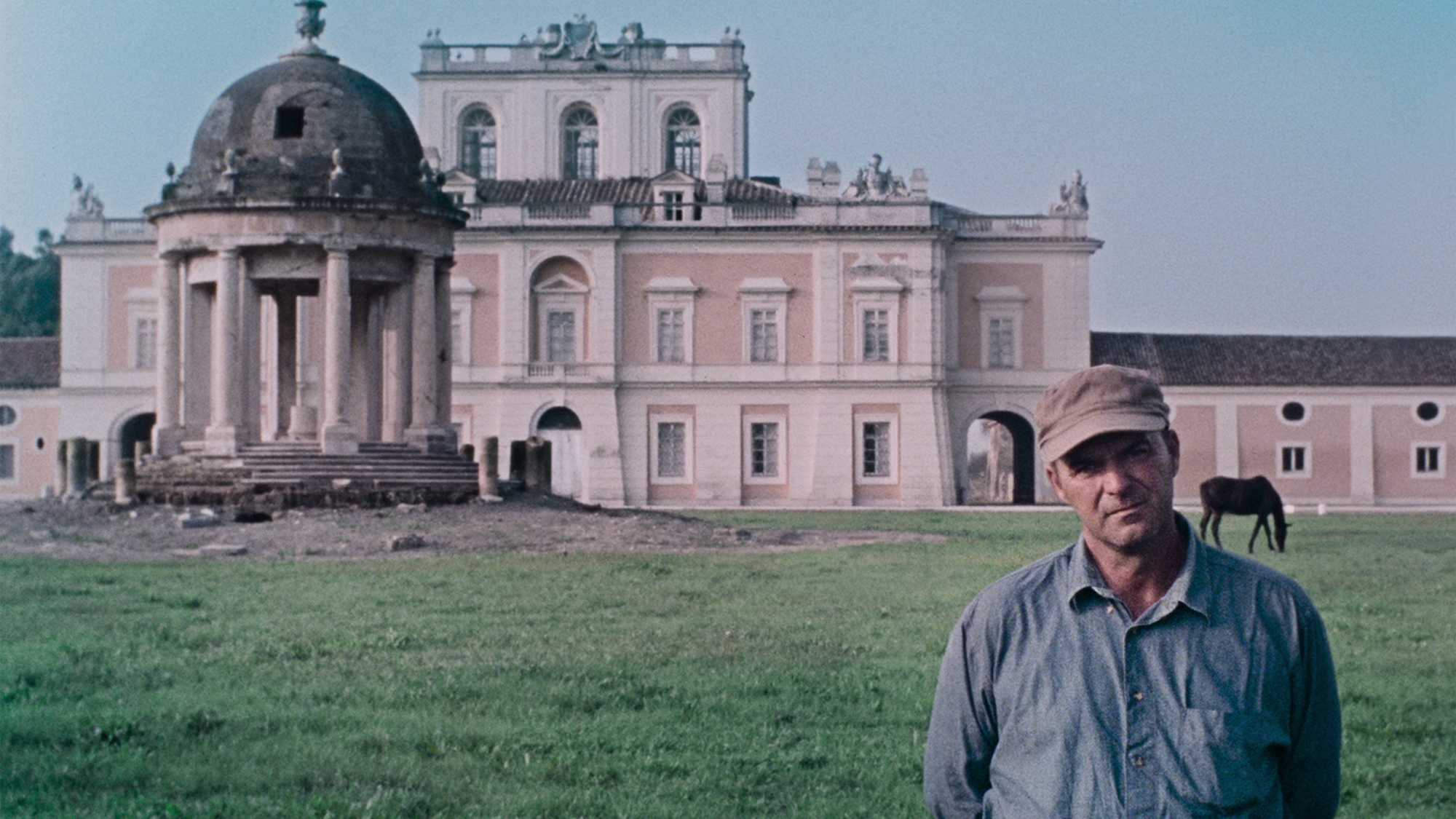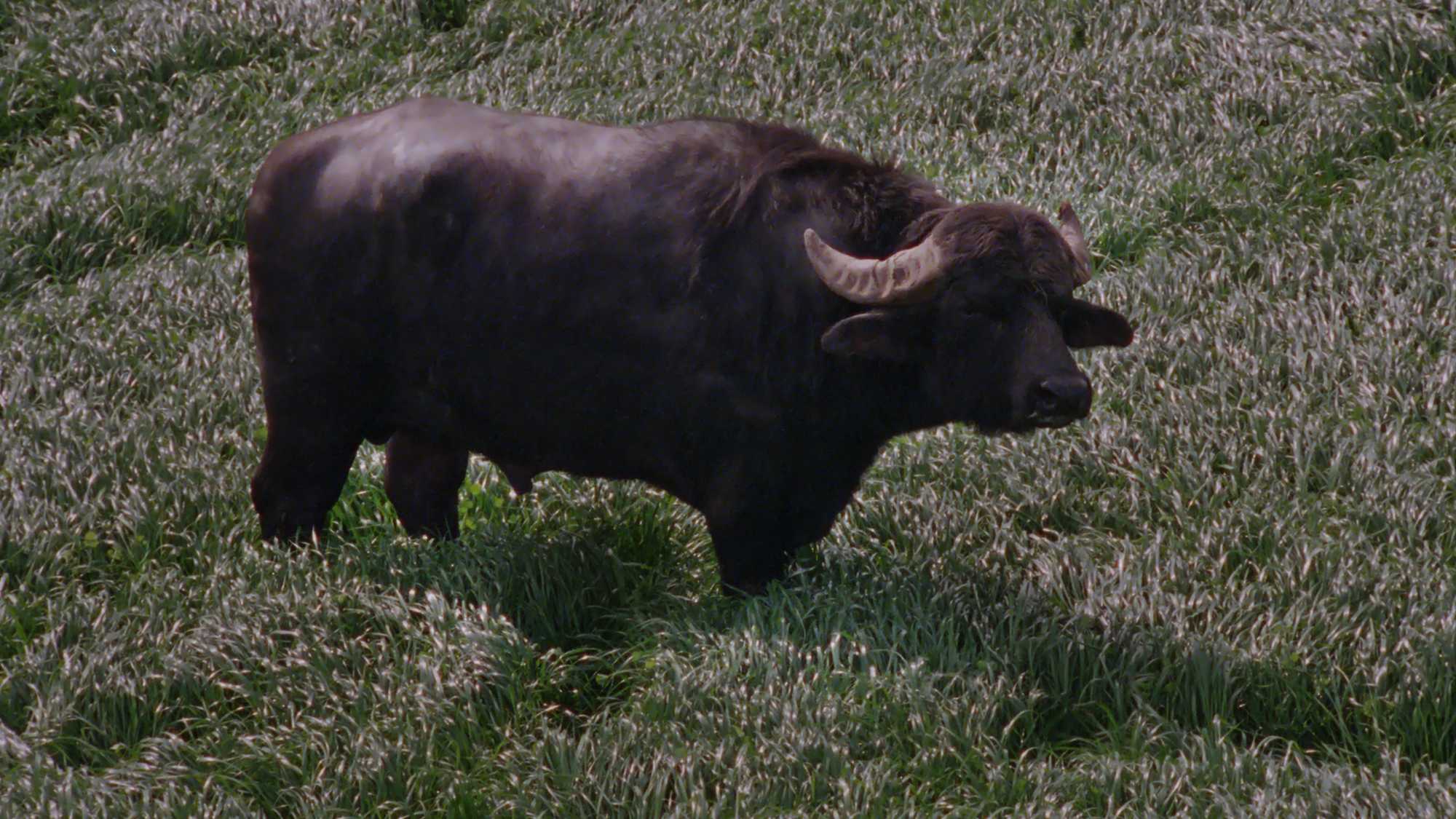“Layering together the past, the present, and the timeless world of nature, Pietro Marcello fuses styles to explore Italy’s bucolic traditions and fragile but enduring cultural legacies.” — Nicolas Rapold, Film Comment



A layered, labyrinthine meditation on Italy, failure and the need to continue moving forward even in the face of the impossible.
Screened as part of NZIFF 2016
Lost and Beautiful 2015
Bella e perduta
Pietro Marcello’s gorgeously strange ode to the immanence of past lives in neglected landscapes harbours more restless spirits than Uncle Boonmee Who Can Recall His Past Lives. The film’s origins in documentary render its elegiac lyricism especially potent. Marcello planned a portrait of one Tommaso Cestrone, self-appointed custodian of a derelict Bourbon castle in the southern region of Campania. Cestrone toiled there for free, with no institutional support, fending off vandalism and mafia. He’s a handsome and compellingly sombre subject, and Marcello’s seduction by his quixotic requisition of the past is palpable.
A third of the film had been shot when Cestrone died suddenly from a heart attack. At that point Marcello makes a young water buffalo in Cestrone’s care his new subject. Giving the calf a voice (!), he reaches back into Italian folklore to summon a masked Pulcinella to accompany the forlorn, philosophical creature as it crosses the countryside in search of a new haven. Shot on 16mm film, Lost and Beautiful inhabits the romantic melancholy of 19th-century landscape painting, deeply laden with yearning for age-old connections.
“A world-weary buffalo tired of mistreatment at the hands of humans who believe he doesn’t have a soul tells his story in a poetic, fantastical fable full of striking imagery by Pietro Marcello… Lost and Beautiful stretches ideas of what documentary can be. It holds that the truth is to be found in the imaginary realm and interweaves folklore with an ethnographic depiction of rural life to comment on the realities of Italy’s Campania region.” — Carmen Gray, AnOther